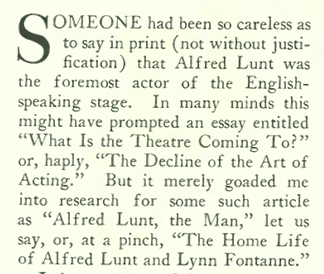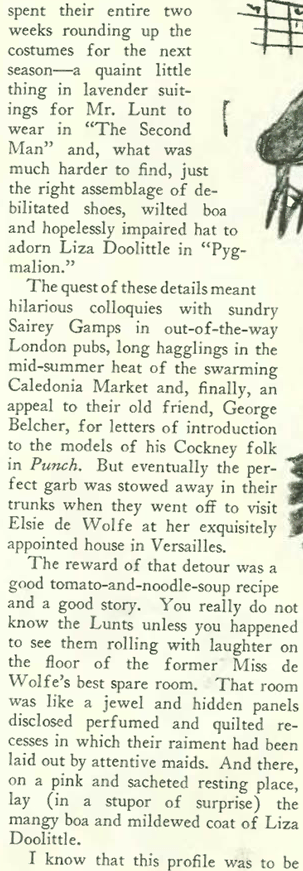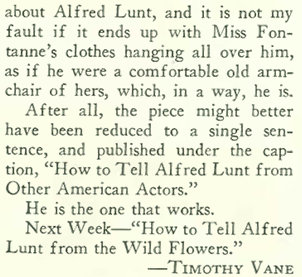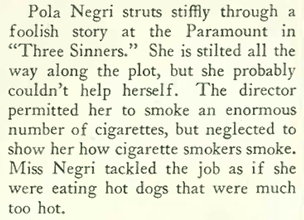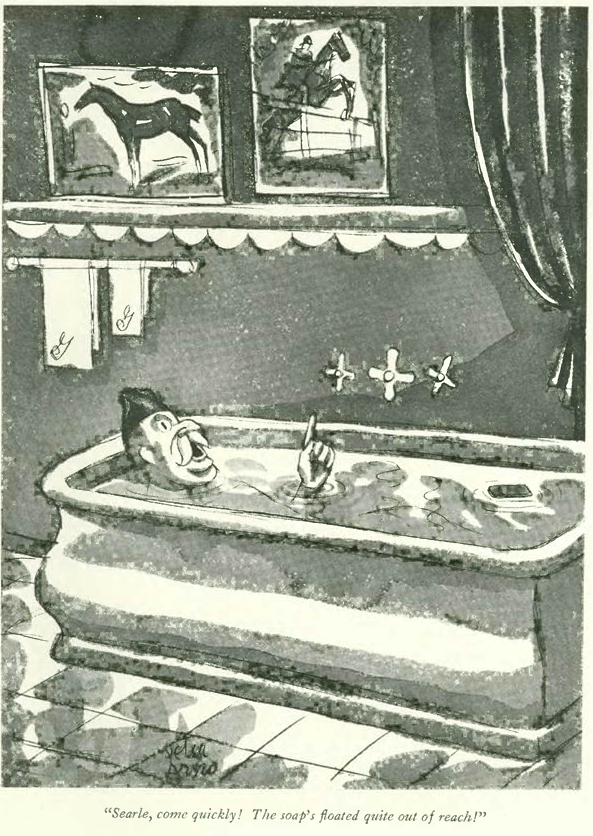From the 1920s to the 1950s the husband-wife acting team of Alfred Lunt and Lynn Fontanne were the most celebrated couple on the Broadway stage, and even today many rank them as the greatest acting team in the history of American theatre.
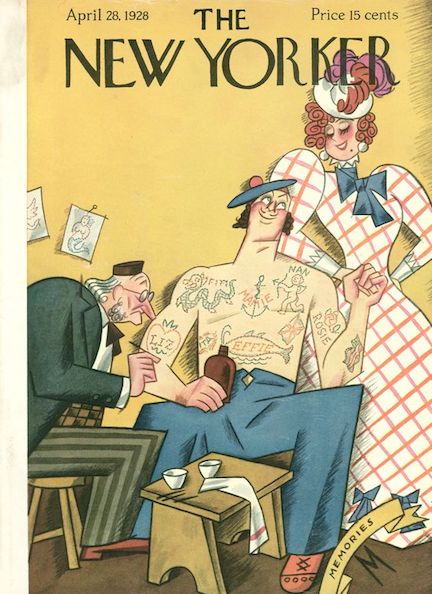
Lunt (1892-1977) and Fontanne (1887-1983) were so inseparable as a team that it was virtually impossible to write about just one of them, as Timothy Vane discovered when he contributed this profile of Lunt to the April 28, 1928 issue of the New Yorker:

Vane described the couple’s tireless comings and goings, in which even a vacation abroad entailed preparations for future performances:


Although it was long rumored that Lunt and Fontanne had a lavender marriage, the couple were truly inseparable during their 55-year union.
According to the Ten Chimneys Foundation, by the mid 1920s Lunt and Fontanne were the two most popular, critically acclaimed, and highest-paid stage actors in the country. Lunt and Fontanne also believed that creating great theatre with broad impact was far more important than money, so at the height of their careers they took enormous pay cuts to sign on with The Theatre Guild—a new company dedicated to performing avant-garde work by writers such as Ibsen and Shaw. Because they took such large cuts in salary, they were able to stipulate in their contracts that they only act together, rather than in separate plays. From 1928 until they retired in 1960, the Lunts never appeared on stage separately.
And Then There Were Hearst & Davies
Another famed duo of the 1920s, Marion Davies (1897-1961) and William Randolph Hearst (1863-1951), were perhaps a less successful partnership, and particularly so for Davies, who traded a promising career as a comedic actress for a romantic (and scandalous) relationship with the famed newspaper tycoon.
Davies was emerging as a talented film comedian when Hearst took over her career—financing her films, promoting her through his media empire, and, most critically, pressuring studios to cast her in historical dramas which were not her forté. This is why she is remembered today as Hearst’s mistress and the hostess of lavish events for the Hollywood elite at San Simeon, and not for her acting chops, which were considerable when she was given the chance. When Hearst did allow her to show her comedic side in The Patsy, even The New Yorker’s irascible critic “O.C.” took notice and offered rare praise:

A 2012 review of The Patsy by the Cinema Arts Center (Long Island, NY), noted that “Davies radiates comic charm, highlighted by her dead-on impersonations of the three cinema divas, in this audience pleaser…Gloriously fun and frothy, The Patsy was the biggest hit of Davies’ career.”
One of the actresses parodied in The Patsy by Davies, Pola Negri, did not fare so well in O.C.’s crosshairs in her “stilted” Three Sinners.
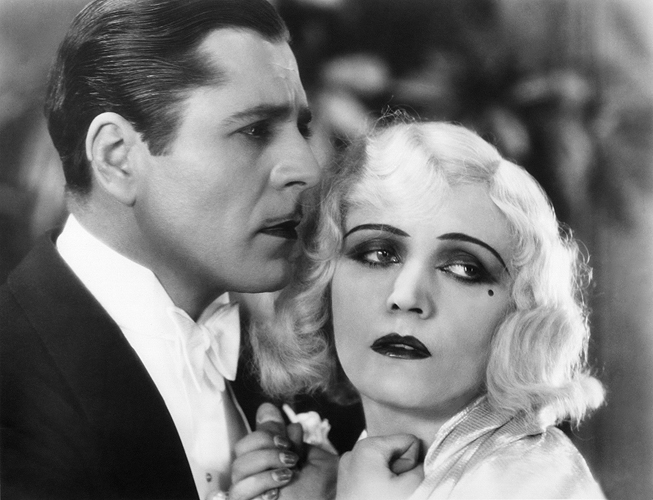
* * *
Another Bad Girl
Not well known today, but after 1928 Viña Delmar (1903-1990) was practically a household name thanks to her breakthrough novel, Bad Girl, which she published at the tender age of 23. A cautionary tale about premarital sex and married life among the proles, the book was banned in Boston but was also the April 1928 selection by the Literary Guild. It was one the year’s best sellers.
On the heels of Bad Girl, in 1929 Delmar published two more books with risqué titles, Kept Woman and Loose Ladies. She would write a total of 23 novels between 1928 and 1976, and with her husband, Eugene, would write or adapt 18 plays that were produced as films. Among those was the screenplay to the acclaimed screwball comedy, The Awful Truth, for which she was nominated for a 1937 Academy Award.

* * *
And finally, our cartoon from April 28, 1928, courtesy Peter Arno:
Next Time: After Hours…

